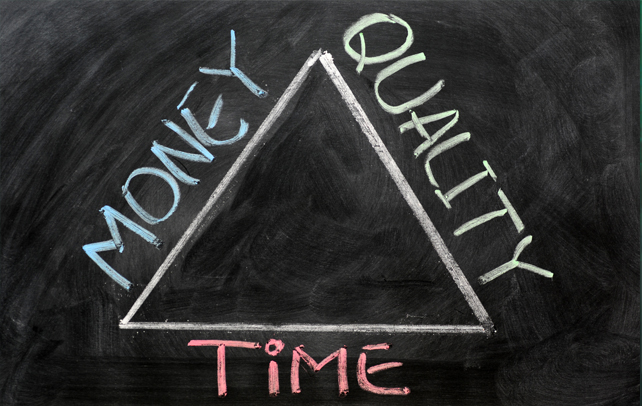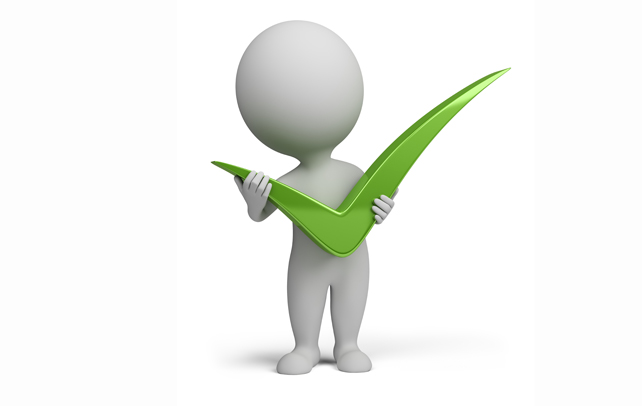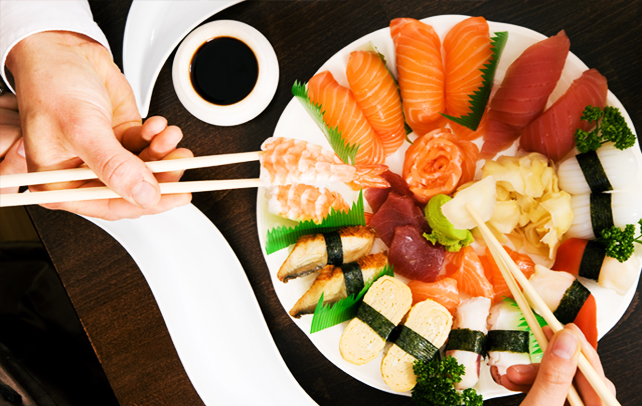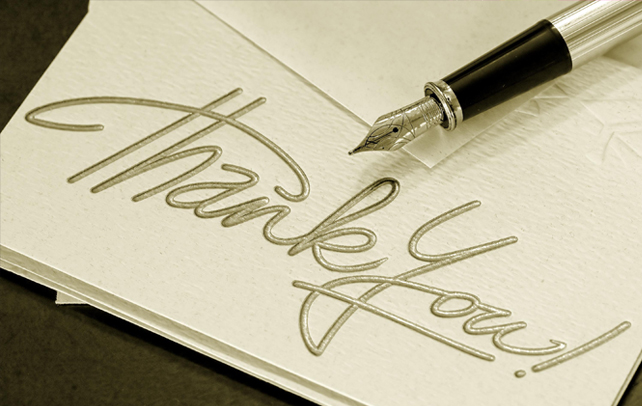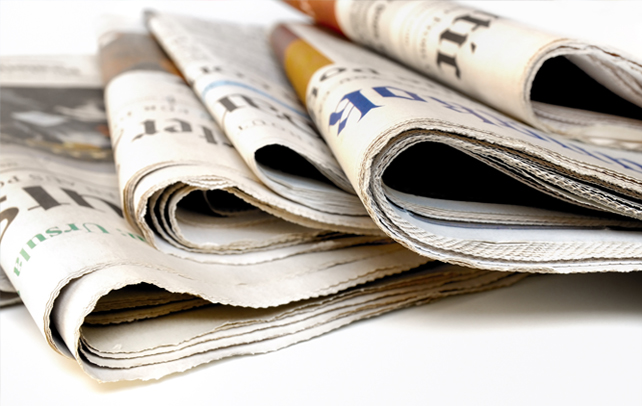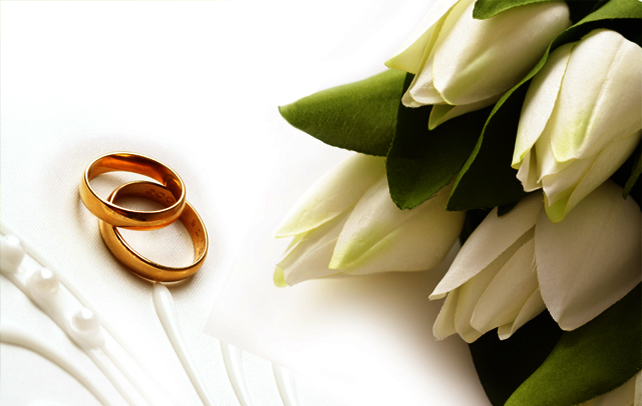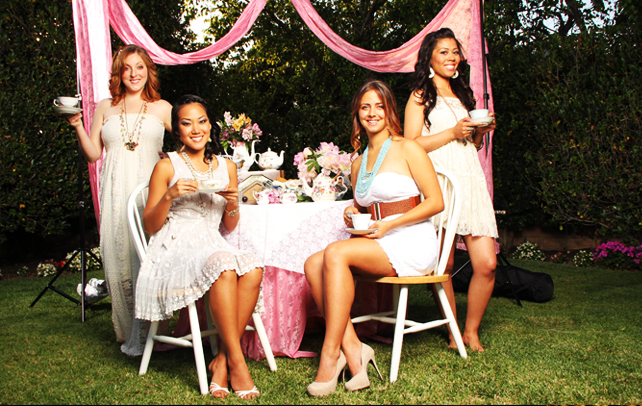American Table Manners
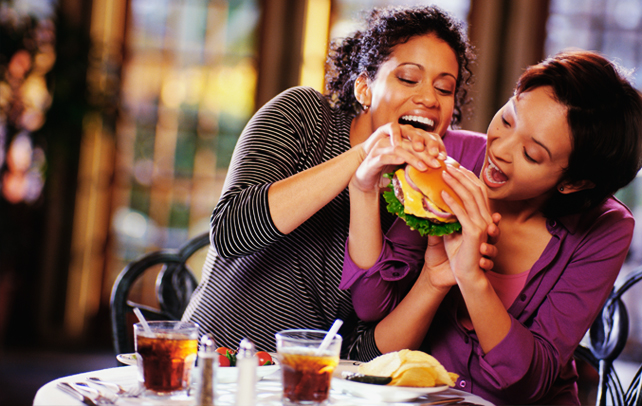
Table manners and etiquette are just as important as the food itself, if not more, at a formal meal. Americans, like people elsewhere, are quite particular about their table manners which differ in certain small intricacies from table etiquettes of other cultures. To present yourself at your best on these occasions is of utmost importance. Wearing your best clothes and your most enticing smile is simply not enough. The society has established its own method of overseeing how you conduct yourself. The manner in which you conduct yourself at a formal dinner is one of the many methods by which you are judged. Table manners have become so important a part of our meals that it is almost impossible to present yourself at a formal meal and always get away with the same customs that you follow within the confines of your home. As it is rightly said, grander the occasions are, grander the customs will be. Your task is to live up to them while you dine with the best.
American Table Etiquette
Once You Are Seated
At a formal meal, you will more often than not find that your plate and flatware have already been set before you have been seated. Do not get nervous on seeing the array of utensils which you will have to tackle during the course of the meal. Just start by taking the napkin from the plate; unfold it and lay it across your lap. You will also notice a wide array of spoons, forks and knives around your plate; do not get boggled by their multitude. Just remember, age old traditions guarantee that at a correctly laid table, the flatware on the outside are used first. There, that is one problem solved.
To Begin With
- Once the food is served, start only when all of those seated at the table have been served. If the hosts insist that you start immediately then wait till at least two people have been served around you.
- Make sure you are not the only person eating at the table. Always wait for the hostess to signal the start of the dinner.
The Knives, The Forks & The Spoons: The American Way
- The flatware arranged on the sides of the plate come in different sizes and forms and, as it can be understood, they all serve different purposes. There are different forks for fish, oyster and meat.
- The American way of eating with the fork and the knife is different from the European or the Continental method.
While Cutting
- The handling of the flatware is no different from the European method while cutting. The fork is held in the left hand using the first knuckle of the third finger and is supported by the thumb.
- The index finger provides force from the top. While cutting, the tines hold a bite sized portion of the food in place while the knife is used to cut. The knife is held in the right hand with the index finger along the blunt side of the knife guiding it.
While Eating
- Where the American style differs is after the cutting. While the European method allows you to eat the cut food with the fork in the left hand, the American method requires you to lay down the knife, switch the fork to the right hand and then eat the food.
- American style also insists that you eat some food items using only the fork, without the aid of the knife. The list of such food items includes some uncooperative dishes like peas!
- Eat without touching the table. Assume an upright posture. You are allowed to lean forward but do not rest your elbows on the table.
- While eating, make sure that you follow all the decorum of the meal. If you have to serve yourself, use the appropriate utensils for the purpose.
- Do not talk with your mouth full. If you have to reply to a query by a fellow guest, always wait till you have swallowed before replying.
Passing The Food
- Always remember to request to pass the food item that you need. Thank the table once you have received what you needed.
- If someone else has requested for an item, then take the item and place it to your right. The person next will pass it to his right until it reaches the required person. No item is passed in any other manner.
- You have to remember to never use an item which has been given to you for passing to another person.
From Mouth To Plate
- If, by any chance, you have to bring back the food that you have placed in your mouth, to the plate, it must be done in the same manner that it was put in to the mouth, i.e. with the fork, spoon or the hand. Examples include lemon pips or seeds of other fruits like strawberries, plums etc.
- Foods brought back from the mouth in the most un-presentable conditions are accorded the privilege of being surreptitiously whisked away into the napkin.
Cutlery Position
- The position of the fork and knife on the table also indicate your intentions to the waiter.
- If you need a second helping, place the fork and the knife parallel to each other on the right side of the plate. This leaves space for the food.
- If you have finished your meal and have no intention of taking any more, then place your fork, tines up, and knife blade, sharp side in, with the handles resting at five o’clock position of your plate and tips pointing to ten o’clock.
- Remember that on all occasions the tines and the blade of the knife point towards you.
- The spoons are generally used to drink the soup. They should be used in a manner that you scoop the food facing away from you. The logic is that in this manner you will not splash yourself with the food. Scoop till the spoon is full two-thirds then consume it.
- Once used, never let any utensils touch the table. You have to arrange them on the side of your plates.
- There are also certain food items that you are allowed to eat with your hands. This list includes avocado, bread, bacon and sandwich among others but these items do not make many appearances at a formal meal table.
The Napkin Tale
The napkin is placed on your lap before the meal. It serves the purpose of smothering your lips. But you must also keep in mind that the napkin must not be dirtied.
- If the napkin happens to fall on the floor, the formal settings prevent you from picking it up yourself. You must inform those serving and ask for a fresh napkin.
- Once the meal is completed, place the napkin loosely beside your plate. Make sure you do not crumple or fold it.
- Last, but not the least, once you have enjoyed the meal and returned home, make sure you thank the hosts for having invited you.
As you can see, the general guidelines of American eating etiquette are not very different from any table manners across the world; it is just the handling of the cutlery that makes American table etiquette unique. Practice the above guidelines for a smart impression on the American table.


